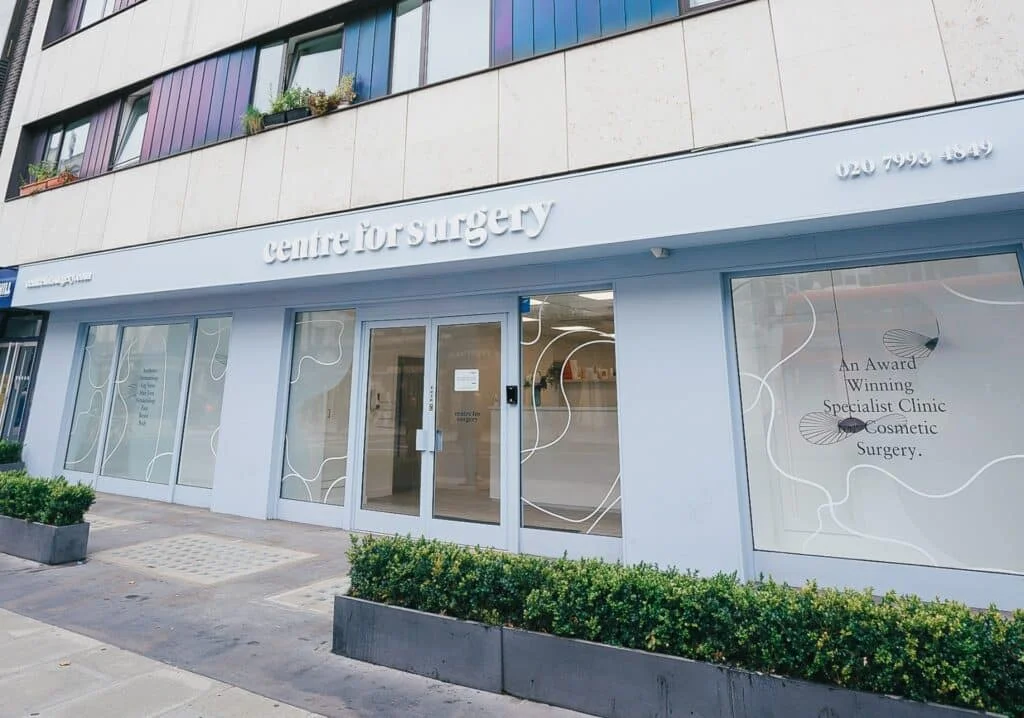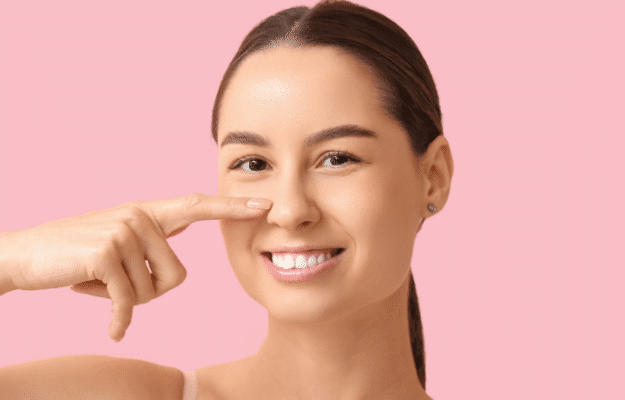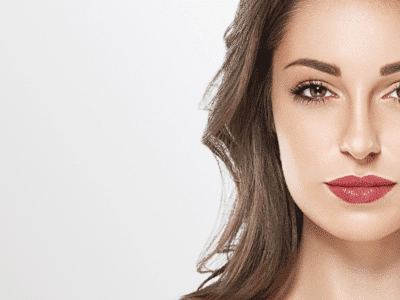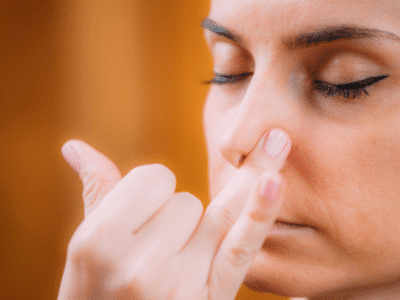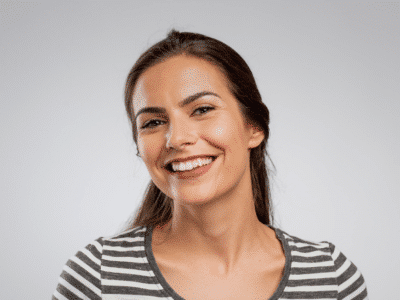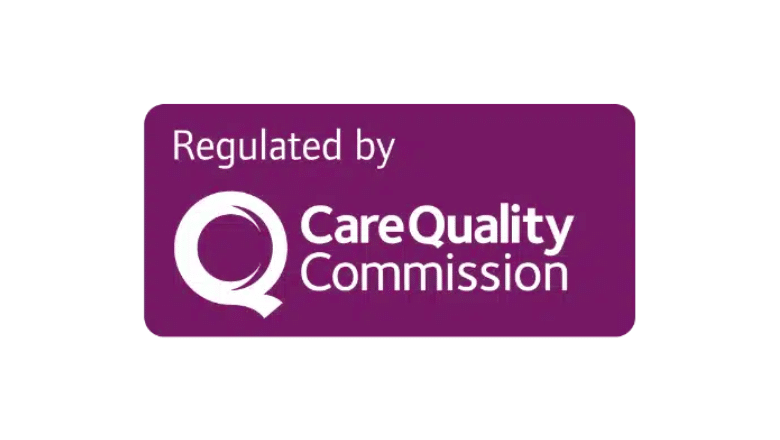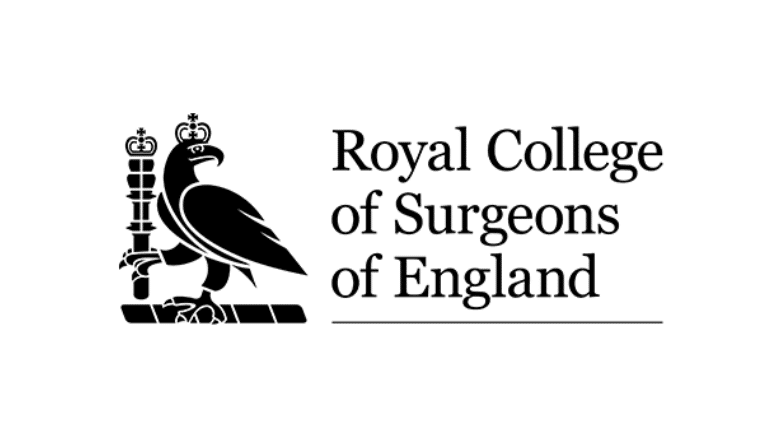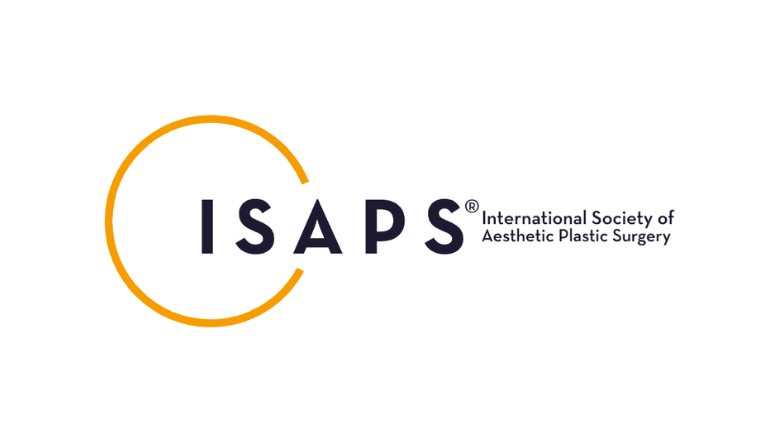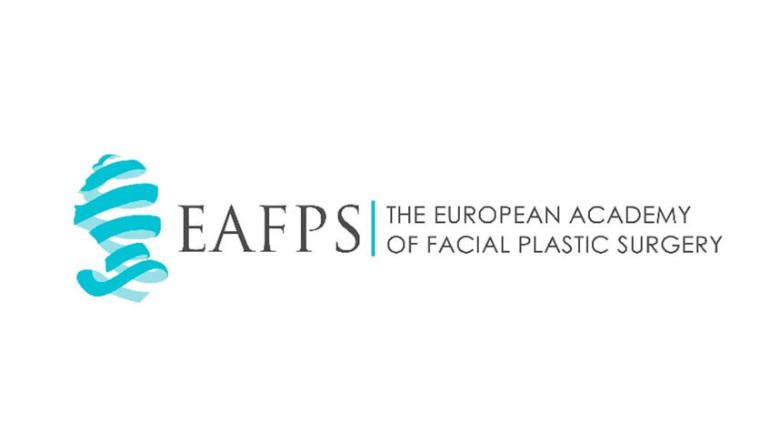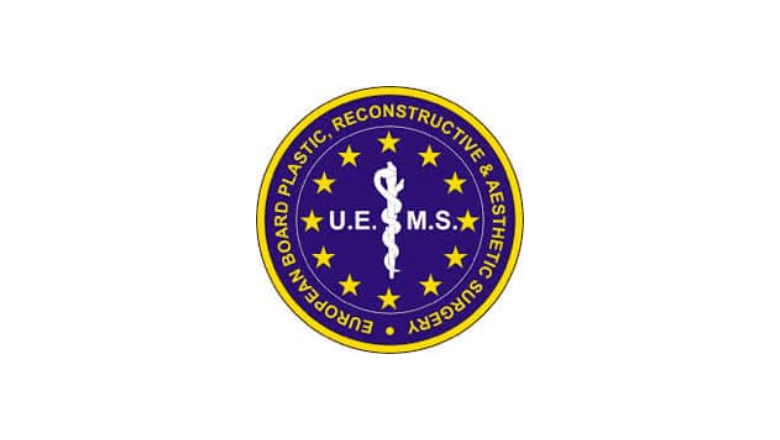Table of Contents
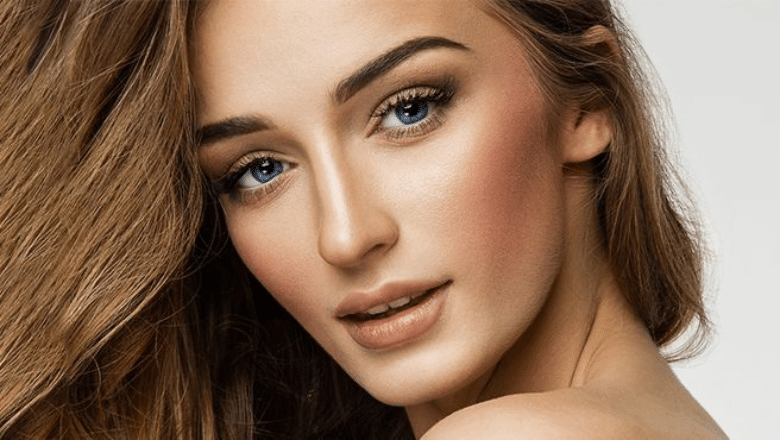
Nose reshaping surgery, commonly known as a “nose job” or by its medical name, rhinoplasty, is a popular procedure that both men and women go for. This is likely because the surgery can address a broad array of issues. Whether you’re unhappy with the appearance of your nose, experiencing breathing difficulties due to its structure, or dealing with a mix of both, this operation offers a solution.
If you’re keen on diving deep into what this surgery involves, you should have a look at our dedicated rhinoplasty procedure webpage. It provides a thorough breakdown of what you can expect during the surgery and throughout the recovery period. That said, we often receive specific questions from potential patients that we haven’t previously answered. So, in an effort to assist those who are doing further research, we’re sharing some of those unique questions and our answers to them today.
Can Rhinoplasty Give Me a Nose Like Megan Fox’s?
In a nutshell, the answer is no. While it’s understandable to admire Megan Fox’s nose, it’s important to remember that what looks great on her may not produce the same results on you due to differences in overall facial structure and proportions.
Instead of attempting to replicate someone else’s nose, focusing on what would look best for you is crucial. So, what specific features of Megan Fox’s nose do you find appealing? Are you captivated by its size, its shape, or perhaps the way it looks when she’s facing the camera directly? Or do you find it most appealing when viewed from a profile angle? Once we have a better understanding of what you admire, we can discuss how to tailor a rhinoplasty procedure to meet your personal aesthetic goals while still maintaining a natural look that harmonises with your other facial features.
RELATED: Which Celebrities Have Had A Nose Job?
Remember, the objective is to enhance your own beauty rather than to mimic someone else’s. Every face is unique, and the most successful rhinoplasty procedures are those that take into account your individual anatomy, balancing your nose with the rest of your face for a cohesive, natural look.
How Significantly Can Rhinoplasty Enhance My Side Profile?
The question about how much a rhinoplasty can enhance a side profile is one that comes up quite often. It’s a particularly pertinent question for those who are bothered by specific aspects of their facial features, such as a pronounced dorsal hump on the nose bridge or additional concerns like a less prominent chin or submental fat, commonly referred to as a “double chin.”
In the example you provided, the prospective patient was unhappy with the look of her dorsal hump, especially when it was combined with a smaller chin and some submental fat. These issues were more evident when looking at her side profile rather than straight on. Is this something that resonates with you? You’re not alone; it’s a concern we frequently hear about.
In such cases, rhinoplasty can indeed be a highly effective way to enhance your side profile. Our skilled surgeons have a variety of techniques at their disposal to reduce or eliminate the dorsal hump while maintaining the nose’s natural look. This ensures that the nose still harmonises with your facial features and remains uniquely yours.
RELATED: What Is Profileplasty?
As for concerns about the chin, there are also ways to bring it into proportion with the rest of your face. Dermal fillers, for example, could be used to add some prominence to the chin. The end result is a balanced look where the reduction in the nasal hump and the slightly augmented chin complement each other, enhancing your overall profile.
Additionally, if you’re bothered by submental fat under the chin, we offer multiple treatment options. Non-surgical treatments like FaceTite or Morpheus8 might suffice for minor cases. For those seeking a more significant reduction in fat, chin liposuction could be the ideal choice.
Could Rhinoplasty Change the Way My Glasses Fit on My Nose?
That’s a rather insightful question! The short answer is: it could, depending on what changes are made during your rhinoplasty procedure. If your surgery involves modifications to the bridge of your nose—known medically as the dorsum—then yes, you may notice a difference in how your glasses sit on your face.
A variety of adjustments can be made to the dorsum during a rhinoplasty. For instance, if you have a depressed or flat bridge, cartilage can be added to augment it. Conversely, if you have a prominent bump or hump on the bridge, that can be reshaped or even removed. These changes could influence the fit of your glasses.
However, it’s also entirely possible that the area of the nose where your glasses rest will not be affected by the procedure at all. Rhinoplasty can be highly targeted to specific regions of the nose, depending on your aesthetic or functional needs.
RELATED: When can I wear glasses after non-surgical rhinoplasty?
If you do find that your glasses no longer fit quite right after the surgery, opticians are well-equipped to help adjust your frames for a better fit. In fact, some people take this as an opportunity for a little celebration by picking out a new pair of specs that better suit their newly sculpted nose. On a lighter note, if you prefer to keep your surgical enhancements under wraps and someone notices something different about you but can’t quite put their finger on it, you could playfully attribute it to your “new glasses” as a diverting explanation.
Is it Possible to Modify a Thin Septum Through Rhinoplasty?
Firstly, let’s clarify what the septum is. The septum is the central structure that acts as a divider between your two nostrils. Think of it as the “framework” at the core of your nose. Comprising both bone and cartilage, it provides essential support to your nasal structure. Septoplasty procedures often target a deviated septum—a condition where this internal divider is misaligned, leading to issues like breathing difficulties. You can read more about procedures addressing a deviated septum on our dedicated webpage.
So, what about those concerned with a thin septum? This question came to our attention recently from a potential patient. Their septum was not only deviated but also quite narrow. The answer is yes; thickening the nasal septum during a rhinoplasty procedure is feasible. However, this isn’t a modification to undertake lightly. Thickening the septum too much could reduce the space needed for comfortable airflow through your nostrils, which we certainly don’t want, as it could lead to breathing problems.
The key here is balance. Any changes to the thickness of your septum should be carefully considered and discussed with your surgeon. The aim is to strike a harmonious balance between achieving your aesthetic objectives and maintaining or even improving your breathing capabilities. Tailoring a surgical plan to meet both these needs is our ultimate goal.
Rhinoplasty Surgery in London: Why Choose Centre for Surgery?
When it comes to enhancing your facial features and specifically reshaping your nose, you deserve the highest standard of care and expertise. Centre for Surgery in London stands as a leading clinic for rhinoplasty procedures, dedicated to achieving natural-looking results tailored to your individual needs. Here’s why you should consider us for your rhinoplasty journey.
Unmatched Expertise
Our team of surgeons are highly skilled and specialised in rhinoplasty procedures, offering an extensive range of options to treat both aesthetic and functional concerns. We prioritise your safety, employing state-of-the-art technology and techniques to ensure the best possible outcome.
Personalised Approach
We understand that every patient is unique, both in their anatomy and their aesthetic desires. That’s why we take the time to listen to you during the consultation process, crafting a surgical plan that addresses your specific needs and goals.
Comprehensive Care
From your first consultation to your post-operative appointments, we provide complete care. We offer pre-surgery education, dedicated nursing staff during your stay, and ongoing aftercare to ensure you’re supported every step of the way.
Patient Testimonials
Here’s what our satisfied clients have to say:
- “I couldn’t be happier with the results. The team at Centre for Surgery really took the time to understand what I was looking for. My new nose has boosted my confidence exponentially!” – Emily
- “From the initial consultation to the aftercare, I felt in good hands. They made the whole experience comfortable, and I’m thrilled with the outcome!” – Mark
- “The level of care and expertise I received was second to none. My breathing has improved dramatically, and I couldn’t be more satisfied with the aesthetic result.” – Sarah
Book Your Consultation Today
Don’t wait to take the first step toward your new self. Contact us to schedule your personalised consultation:
- 📞 Phone: 0207 993 4849
- 📧 Email: contact@centreforsurgery.com
- 📍 Address: 95-97 Baker Street, London W1U 6RN
Further Resources
For more information about our services, please visit:
- About Us
- Finance Options, including 0% APR with Chrysalis Finance
- Our Plastic Surgery Blog
- Clinic FAQs
We look forward to being a part of your rhinoplasty journey. Choose Centre for Surgery for a transformative experience that prioritises your well-being and aesthetic aspirations.
